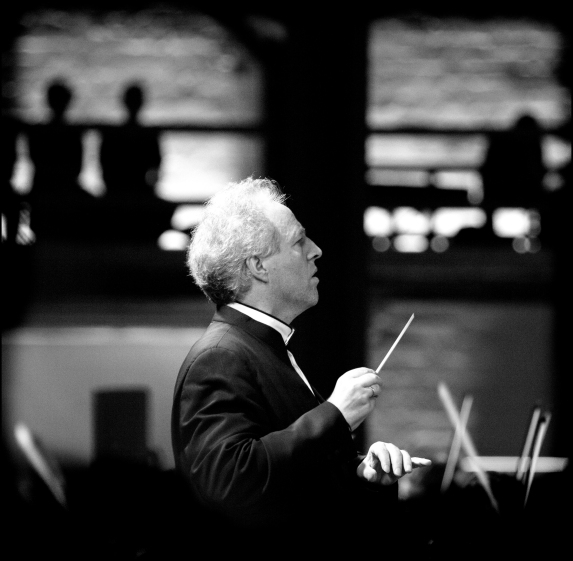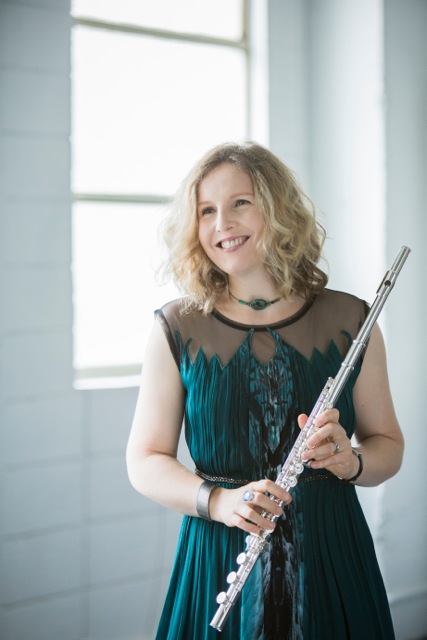Pittsburgh Symphony Orchestra
Manfred Honeck, conductor
Lorna McGhee, flute
Heinz Hall
Pittsburgh, PA
November 5, 2017
Mozart: Overture to Idomeneo, K366
Mozart: Flute Concerto No. 1 in G major, K313/285c
Schubert: Symphony No. 9 in C major, D944, Great
Last weekend’s program at the Pittsburgh Symphony underwent several iterations before taking its final form, and it was a testament to strength of the musicians on stage how polished the end result came across nonetheless. Christoph von Dohnányi was originally scheduled to conduct, but was forced to withdraw all of his autumn engagements (which were also to include appearances with the orchestras of New York, Boston, Cleveland, and Chicago) while still recovering from a fracture suffered earlier this year. Dohnányi’s program was slated to open with Bartók’s Music for Strings, Percussion, and Celesta, but when PSO music director Manfred Honeck stepped in, the Bartók was dropped in favor of Mozart’s Concerto for Flute, Harp, and Orchestra. All was well until harpist Gretchen Van Hoesen had the misfortune of a hand injury, and the program was altered one last time to a Mozart overture and flute concerto.

The overture to the opera seria Idomeneo boasted a stately, regal opening, but soon took some unexpected chromatic excursions. This brief but rousing selection was given with a grandeur and a high-energy workout by the PSO. The Flute Concerto No. 1 in G major brought PSO principal Lorna McGhee into the spotlight, a gifted soloist whom I have previously enjoyed hearing serve on occasion as guest principal at the Chicago Symphony (see here and here).
The opening Allegro maestoso was of pearly balance and clearly delineated proportions, while McGhee’s limber flute passages were a graceful addition, always with an elegant attention to phrasing, and the cadenza showed her at her acrobatic best. The central slow movement featured the unusual inclusion of a pair of orchestral flutes, and McGhee responded to her colleagues in kind with a gorgeous, long-breathed melody. As for the concluding rondo, playfulness and joviality abounded in Mozart at his sunniest, leading up to its unassuming tongue-in-cheek ending.
The one constant of the program otherwise in the aforementioned flux was Schubert’s Symphony No. 9 in C major, to make for a weighty second half. Now in his tenth season as music director, Honeck has cultivated a remarkable rapport with the musicians, and this was quite apparent in the way the moving parts of this daunting work came together so seamlessly. A spacious opening in the trombones served as a gentle call to attention, and a burst of energy inaugurated the movement proper. Honeck took matters at a brisk pace (with total performance time only just passing the 50-minute mark), and opted for a tauter structure in jettisoning the repeat of the exposition. The proportionally brief development was highlighted by fine solos from the principal winds, and in due course the trombones returned to herald a triumphant coda.
A sumptuous song without words made for a memorable slow movement, notable for the intensely lyrical solos in the oboe. Music of more urgency offered some contrast and initiated a gorgeous, flowing theme chiefly in the strings with guest concertmaster Alexi Kenney at the helm. There was breathless vigor in the scherzo, countered by a more songful trio, and the finale was yet another high-octane affair – while it began perhaps a notch too loud, this zealousness did little to detract from the symphony’s bold conclusion.

